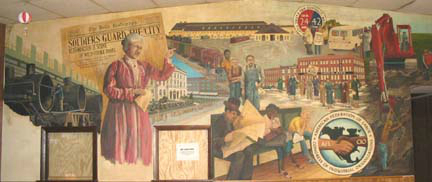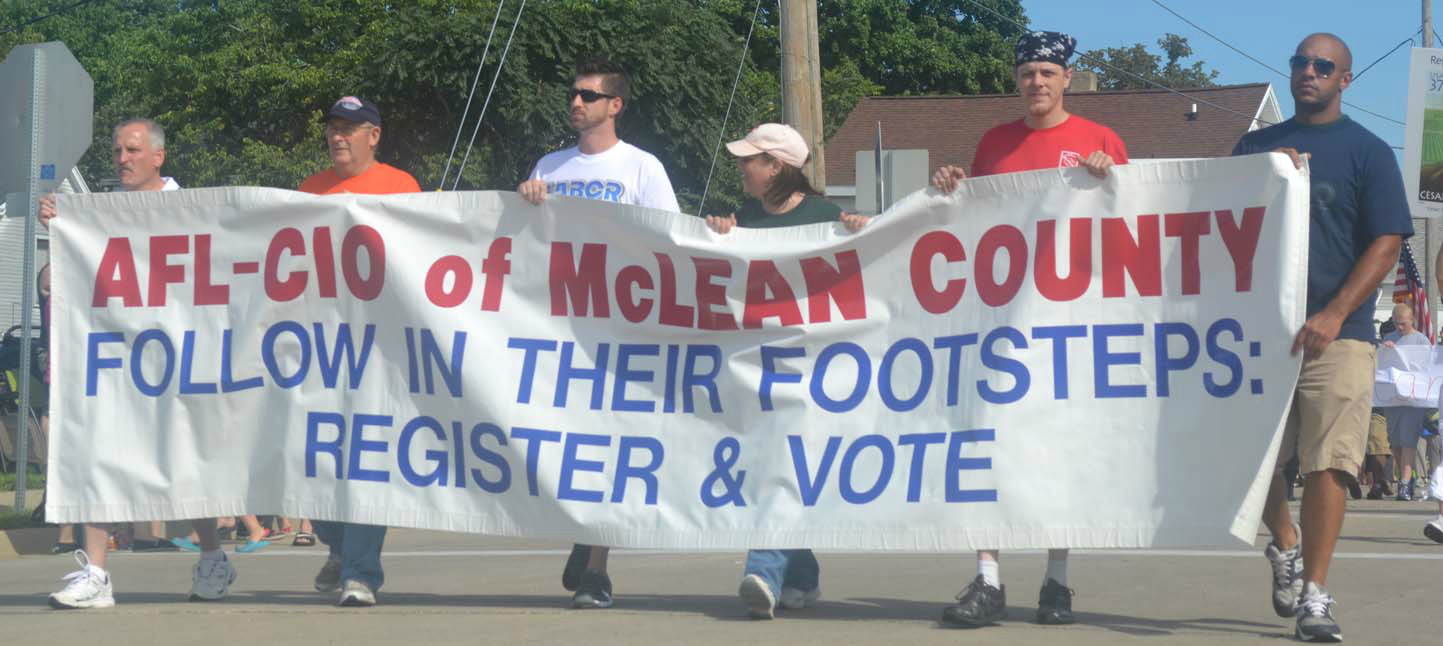|
The Ordeal of The Jungle: Race & The Chicago Federation of Labor, 1903-1922
By David Bates, Southern Illinois University Press
There are so many ways to define us—gender, economic status, race, sexual orientation, age...
American labor is full of valiant moments, when workers came together in common cause, regardless of their background.
As labor united, it also faltered, when worker unity was broken by suspicion and division. Up through the 1960s, many unions had explicit racial barriers in their constitutions and practices.
In 1919, the Chicago Federation of Labor (CFL) broke the national mold, attempting to organize mass industries, particularly the Chicago stockyards and the steel industry, through class-based appeals. The CFL through its Stockyards Labor Council (SLC) sincerely attempted to bring all workers together.
The attempt failed; despite the CFL’s sincere intentions, previous decades of racial animosity kept African-American and white workers apart, watching each other warily.
If any group needed a union, it was packinghouse workers, facing atrocious safety hazards and unsanitary conditions not only in the stockyards, but “back of the yards” where many lived cramped in slums.
Mutual trust collapsed in July 1919, when Chicago’s streets ran red with a bloody race war. When white gangs attacked, returning African-American World War I veterans established defense lines and confronted attackers.
One challenge the CFL faced was the common importation of Southern African-Americans as strike-breakers, particularly by the meatpackers in 1904. Earlier, there were inter-racial unions in Chicago restaurants, hotels and amongst Teamsters. These strikes were
broken, with African-Americans often losing their jobs or, even as union members, attacked, because of their race and the stereotype that African-Americans were a “scab race.”
With World War I labor shortages, the CFL felt the time ripe. Under the progressive leadership of John Fitzpatrick the CFL launched its mass union drives and also a labor political party.
At first, workers responded with strong support across racial and ethnic lines. European immigrant and African-American workers united. Fearing a strike that would hinder the War, a Federal Mediation Committee heard the workers’ case and instituted the eight-hour day, overtime pay, the 40-hour week, equal pay for women and men, lunch breaks and especially a grievance procedure.
This gave the SLC great impetus and showed what worker unity could accomplish.
But because the ruling came through the courts, and not directly from union action, not all workers joined the union. Although the ruling had a grievance procedure, the packers ignored it.
More insidiously, the packers continued to pit workers against each other by race. They stepped up charitable donations to African-American southside institutions, trying to impress the African-American community that their friend was the employer, not the union.
As the hot 1919 summer boiled over, African-American workers felt betrayed by the CFL. Not only were the streets tense, so were the workplaces. State militia not only occupied the neighborhoods, but also the stockyards. White workers called a strike, angry at military presence in their workplace; African-American workers welcomed the troops as needed protection.
The SLC crumbled, with workers blaming each other across racial lines. It was not until the 1930s CIO union drives, with an explicit multi-racial message, that successful unions came to the stockyards.
Bates masterful and nuanced study of the failed CLF campaigns shows that economic class is not enough to propel workers to unionize—the unions needs to understand workers, their varied backgrounds and their needs too.
http://siupress.siu.edu/books/978-0-8093-3744-6
Reviewed by Mike Matejka
|



